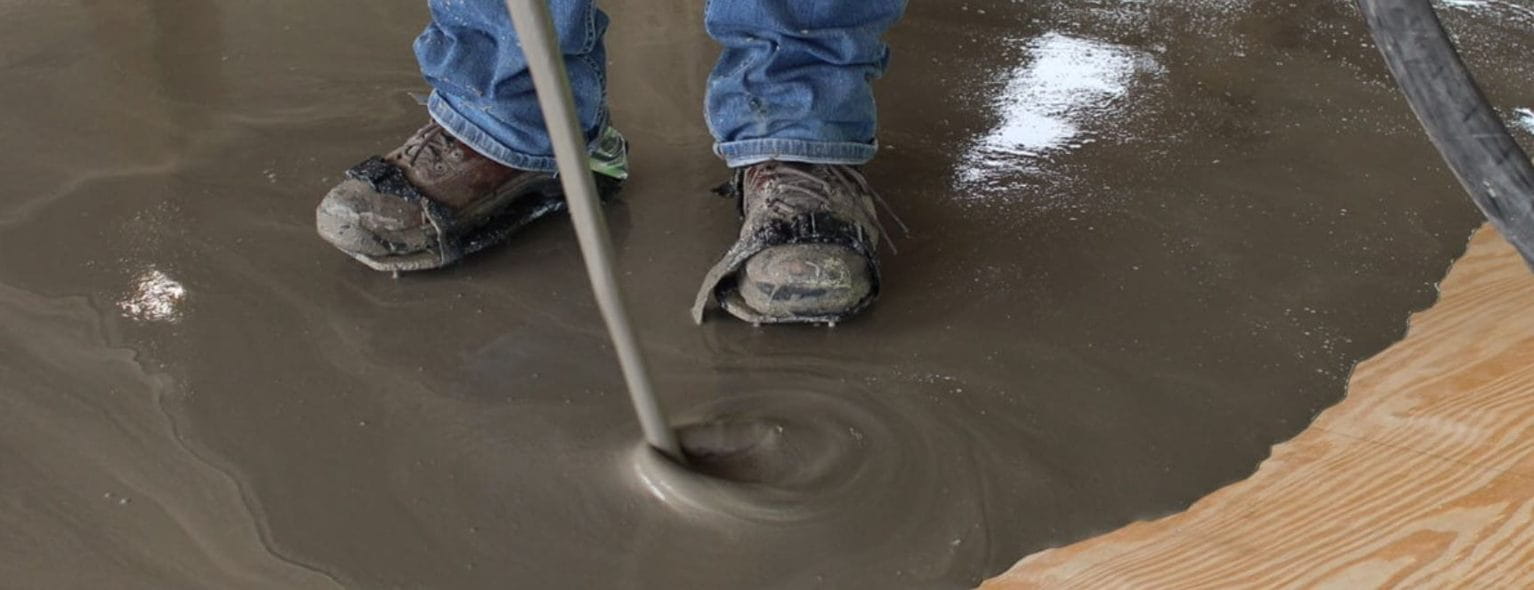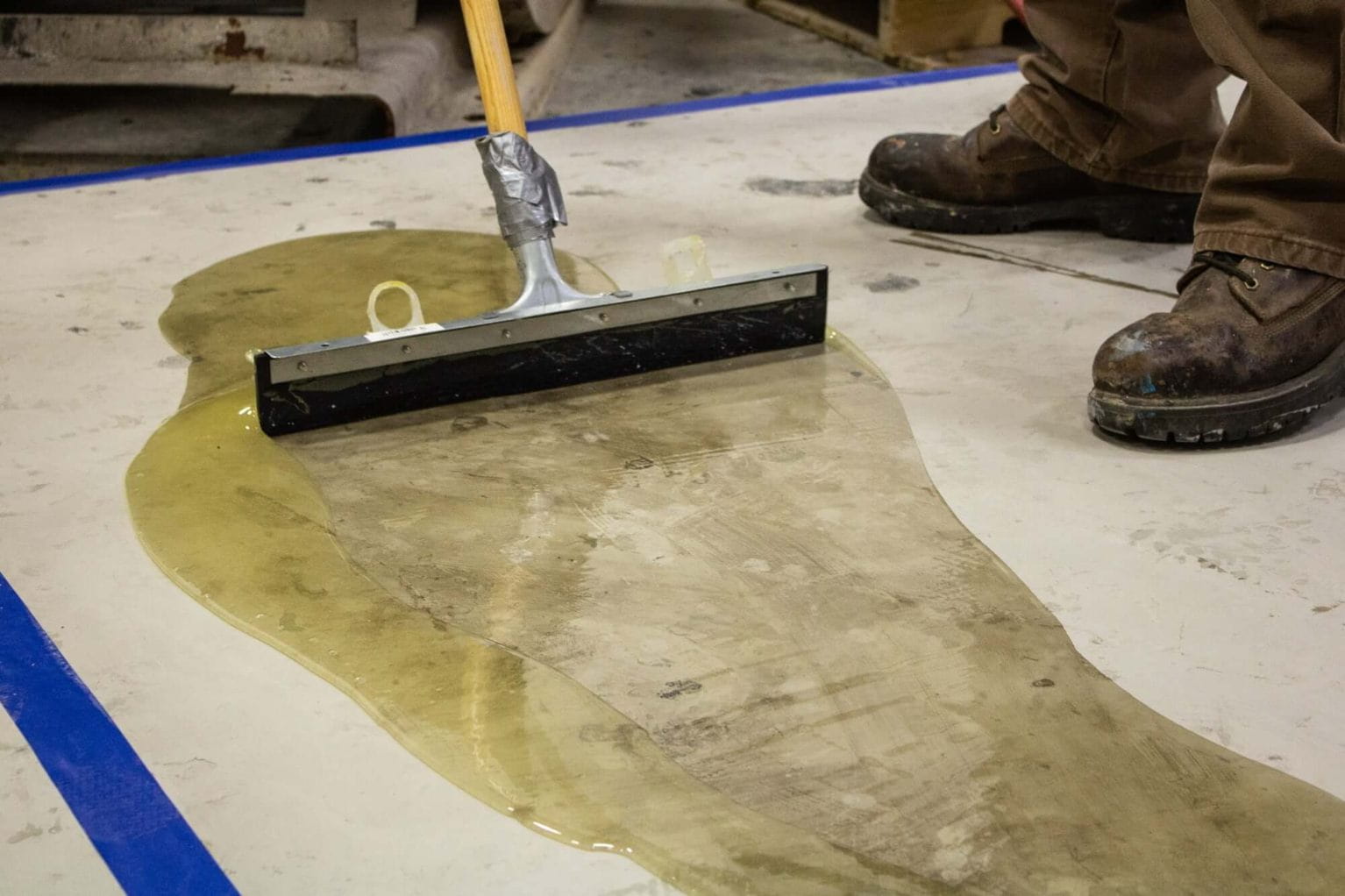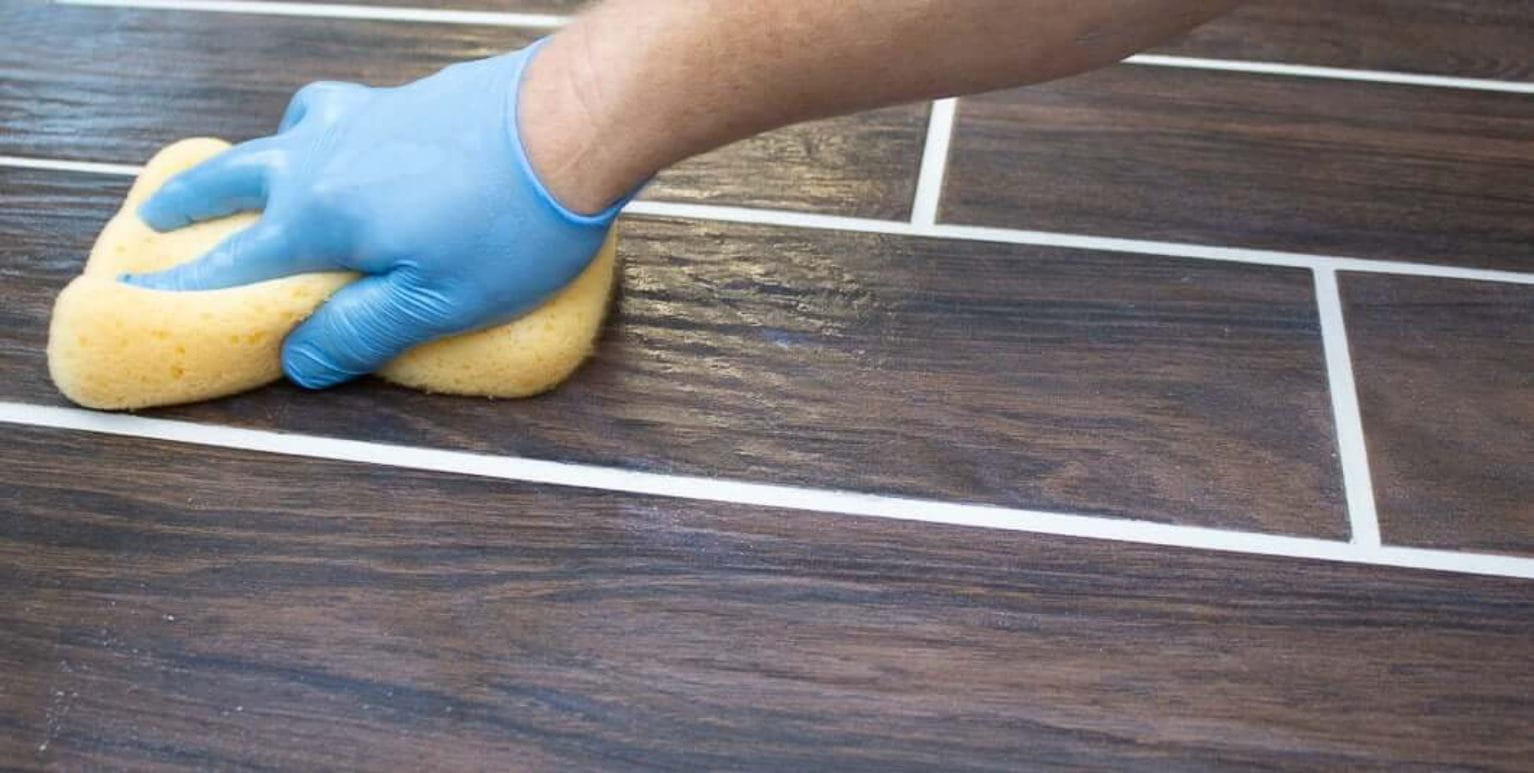Archive
Tagcloud
4 Tips for a Successful Tile Floor Installation

Laying tile can be an easy process in itself, but doing it well and producing quality flooring that lasts for years to come can be more challenging. Knowing the type of tile installation is the first step in a successful project completion. It is important for tile installers to consult the manufacturers of products they wish to use prior to installation— regardless of experience —as tile installation and surface preparation requirements and methods vary depending on the type of substrate, subfloor, tile underlayment and floor covering specified.
To be prepared for a smooth installation process, tile installers should make sure to have a plan, and use the most current products best suited for the installation and jobsite conditions. They should also make sure they are up to date with industry recommended installation practices and requirements.

To achieve an effective tile installation experience, the substrate must first be perfectly flat. Learning how to apply self leveling underlayment is key as well as how to use floor patch and skim coat products. Applying types of products helps to repair minor imperfections to the substrate prior to installing the floor covering.
Self-leveling underlayments (SLUs), patches and skim coat products are easy to work with and typically do not require tile installers to have extensive training. Proper preparation is essential, which includes knowing the capabilities of each surface preparation material prior to installation, such as: substrate compatibility, working times, curing times and minimum and maximum thicknesses.
If the substrate is in poor condition, either from not being dry enough or properly cleaned before using floor leveling products, the finished flooring performance will be compromised. Once the self-leveling underlayment, patch or skim coat is installed, it is critical to test that the surface is as level as possible before installing the floor covering. This step can prevent hours of corrective work and costly repairs in the future.

2. Crack-Proof and Waterproof the Substrate
Floors and walls shift over time, causing cracks beneath the finished tile. Crack isolation and anti-fracture membranes can be applied prior to the installation of tile to prevent this from being a costly issue down the line.
Crack isolation membrane and anti fracture membrane products are designed to isolate tile and stone finishes from minor in-plane substrate cracking. These can take the form of liquid applied, sheet goods and trowel applied systems and can include additional characteristics such as waterproofing and sound reduction properties.
Moisture poses a problem, as it can seep through and attack the substrate, putting the overall installation at risk of failure. Making waterproofing part of the floor installation is crucial for protecting the floor from water damage and can be as easy as applying a waterproofing membrane to the substrate.
The construction industry has experienced hurdles with the pandemic including constricted timelines and controlled jobsite access (to allow for social distancing and provide workers with proper safety measures). This means many projects have been forced to play catch up. Speed is required to help us all rebound from the challenges caused by the COVID-19 pandemic.
LATICRETE is continuing to address this concern with products and solutions that provide quicker cure times, which speed up installation schedules and time frames. In addition, multifunction products with two-in-one and three-in-one functions can effectively shave days, or even weeks, off schedules. These formulations work overtime to offer a combination of benefits such as crack isolation, sound reduction, waterproofing and more, and while often requiring minimum downtime for the contractor.

4.Choose the Right Products
To ensure a quality, long-lasting tile installation, be sure to select only LATICRETE products recommended for your installation type. Choosing a tile adhesive that withstands the appropriate time, wear and environmental elements is essential. Equally important is the LATICRETE grout that fits between the tiles and locks them in place. Besides providing much needed structural support, an aesthetically pleasing grout should be selected for a clean and appealing look.
A big factor to consider when selecting the right materials is the location of the tile installation. Usually, the more demanding the application, such as commercial buildings, the more intensive the adhesives, grouts and installation accessories need to be. These types of applications require the installation products to have better working properties and ultimately better performance and characteristics, compared to smaller scale single family residential applications.
Using a trusted brand with a broad product portfolio such as LATICRETE provides installers, contractors, and ultimately the end user, with the results that they have envisioned. For 65 years, LATICRETE has been committed to research and development of innovative installation products, building a reputation for superior quality, performance, industry leading system warranties and technical services.
Have a project you'd like to discuss or need help determining which grout is best? Contact us!
